When lace weight Einband yarn arrived at the store this winter, it opened the door to 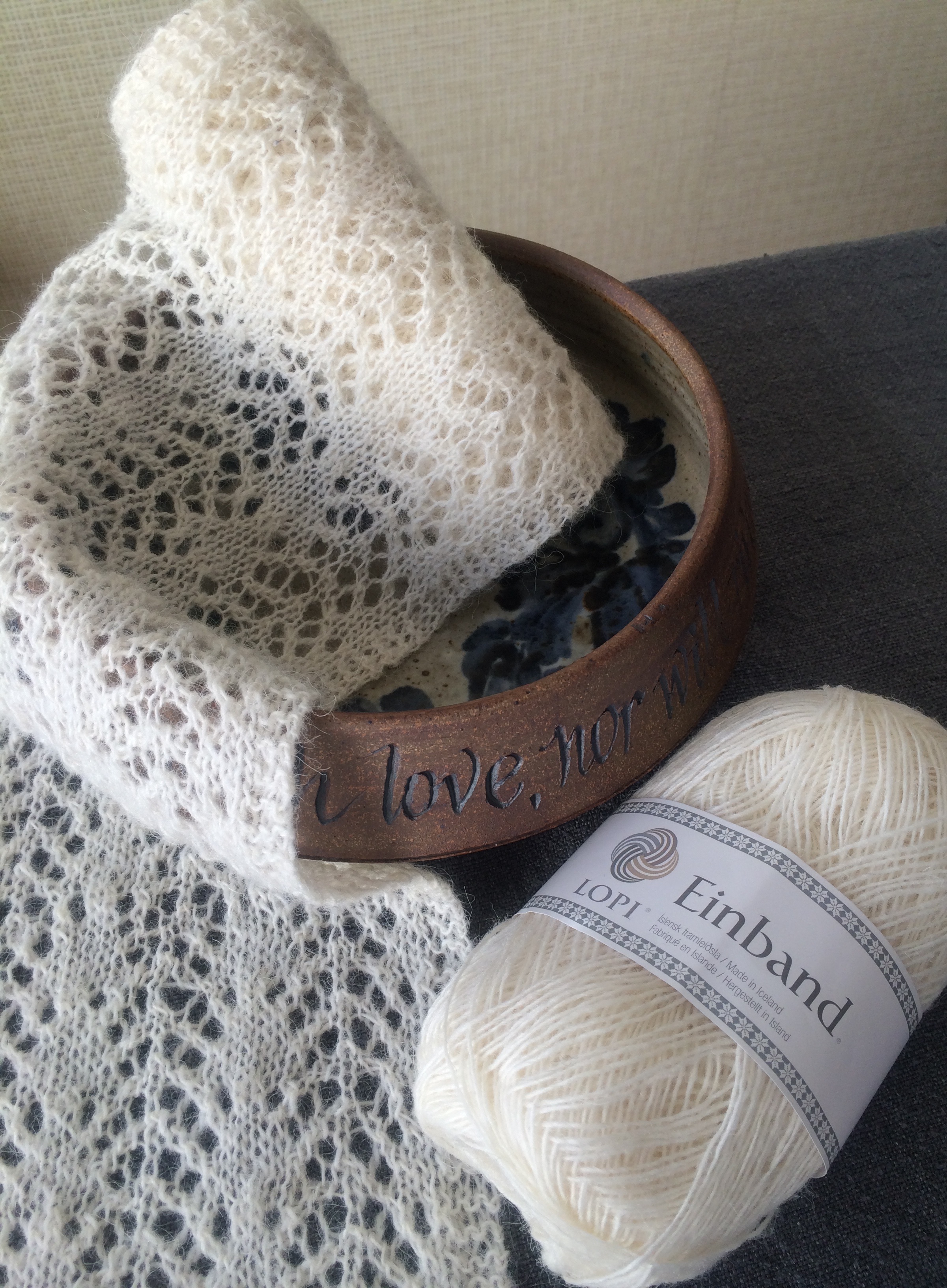 Icelandic knitting pre-Lopi sweaters. Those iconic round-yoked pullovers and cardigans? It turns out they’ve only been a tradition in Iceland since the mid-1900s. Lace knitting came along two or three generations earlier.
Icelandic knitting pre-Lopi sweaters. Those iconic round-yoked pullovers and cardigans? It turns out they’ve only been a tradition in Iceland since the mid-1900s. Lace knitting came along two or three generations earlier.
Imagine what a change lace patterns represented. Many Icelanders—men and children included—knit for a living in the 1700s and 1800s. In Iceland’s harsh landscape, wool was one of the few things they had in abundance. So knitting was no leisure pastime, it was piecework done as fast as their fingers could fly. A woman might make a pair of socks a day, or work in tandem with another knitter to churn out six sweaters a week. Some of these utilitarian items were for their own families to wear, but more often they were for sale at the local market or for export.
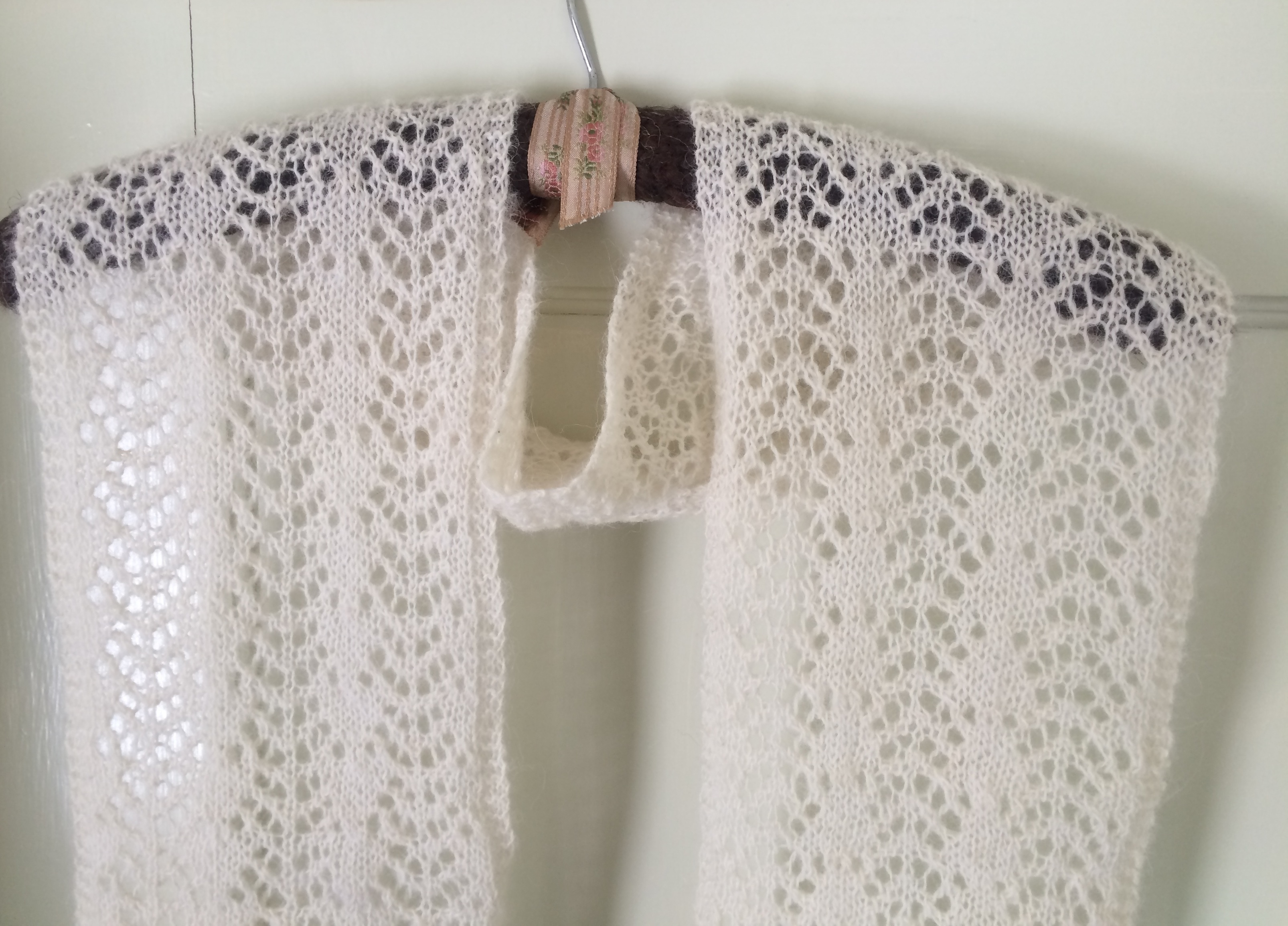 What a luxury, then, to knit something as airy and delicate as a lace shawl or scarf—to knit for the beauty of it and not for the need to produce something quickly. Einband is a link to the late 1800s in Iceland, when finishing schools opened and taught handwork to the young women of an emerging middle class. A vogue for knitted lace soon followed.
What a luxury, then, to knit something as airy and delicate as a lace shawl or scarf—to knit for the beauty of it and not for the need to produce something quickly. Einband is a link to the late 1800s in Iceland, when finishing schools opened and taught handwork to the young women of an emerging middle class. A vogue for knitted lace soon followed.
The Strik lace scarf design here is from Védís Jónsdóttir and her book Knitting with Icelandic Wool. Jónsdóttir is a longtime designer for Istex, the company that makes Einband at a woolen mill on Iceland’s west coast. Growing up there and now living in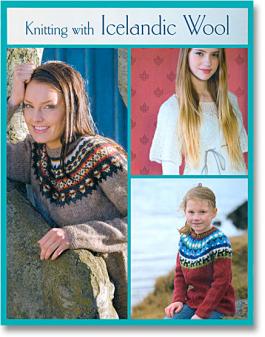 Manhattan, Jónsdóttir combines a native appreciation of Icelandic tradition with a fresh fashion sense. Her book includes 62 projects, some made with Einband, some with Léttlopi or other weights of yarn. They range from quick knits to everyday sweaters to special-occasion pieces.
Manhattan, Jónsdóttir combines a native appreciation of Icelandic tradition with a fresh fashion sense. Her book includes 62 projects, some made with Einband, some with Léttlopi or other weights of yarn. They range from quick knits to everyday sweaters to special-occasion pieces.
Istex is an interesting story in its own right. It’s a cooperative of sheep farmers and mill workers who took over a nearly bankrupt, century-old mill in 1991 and turned it into a thriving business.
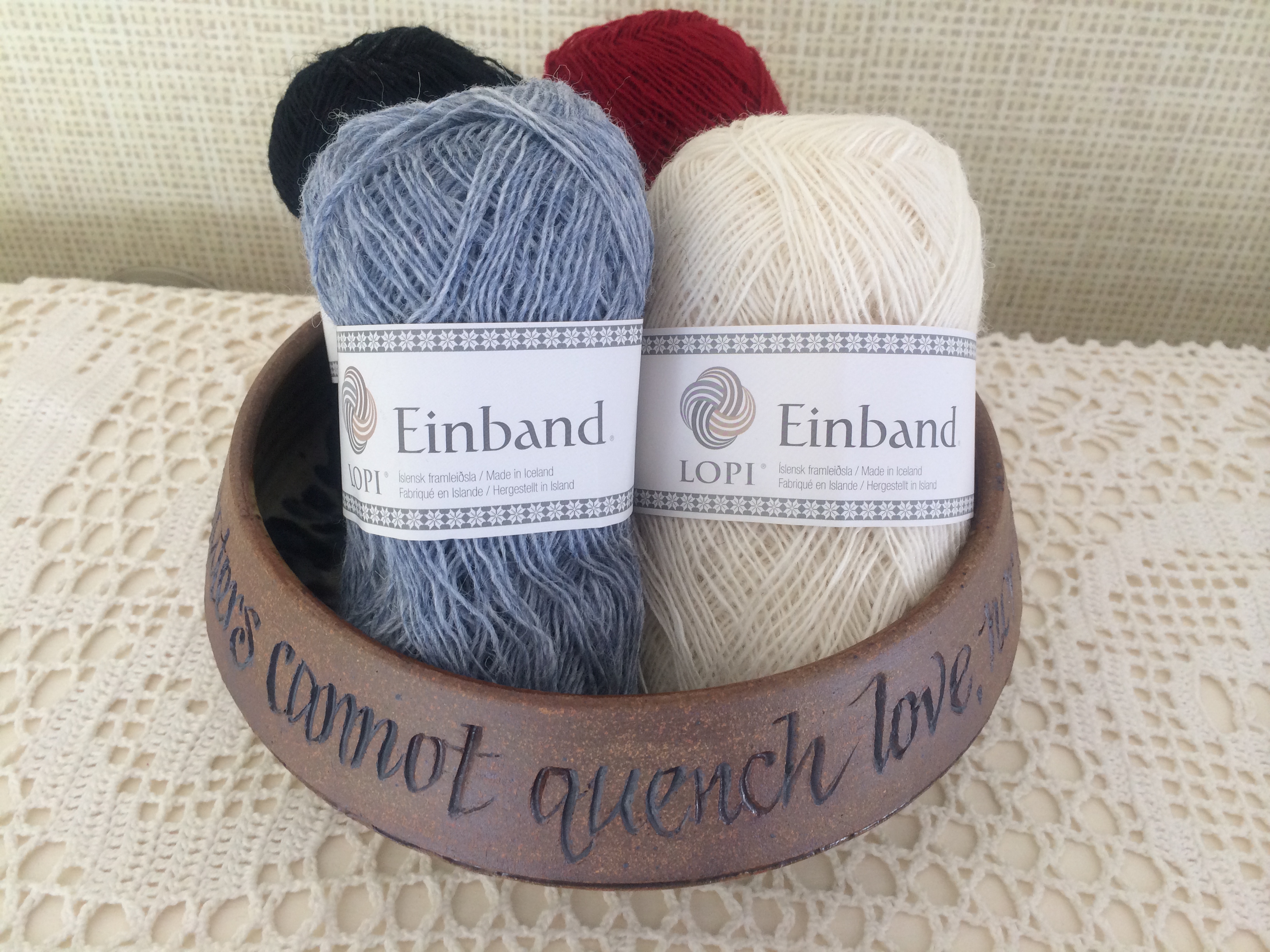
Most of us in this country who’ve knit with yarns from Istex, or from its predecessor, Álafoss, have used the worsted weight familiarly known as Lopi, or the sport weight called Léttlopi. Einband is their more slender, lace weight sibling: a single ply that’s loosely spun and has a slight halo.
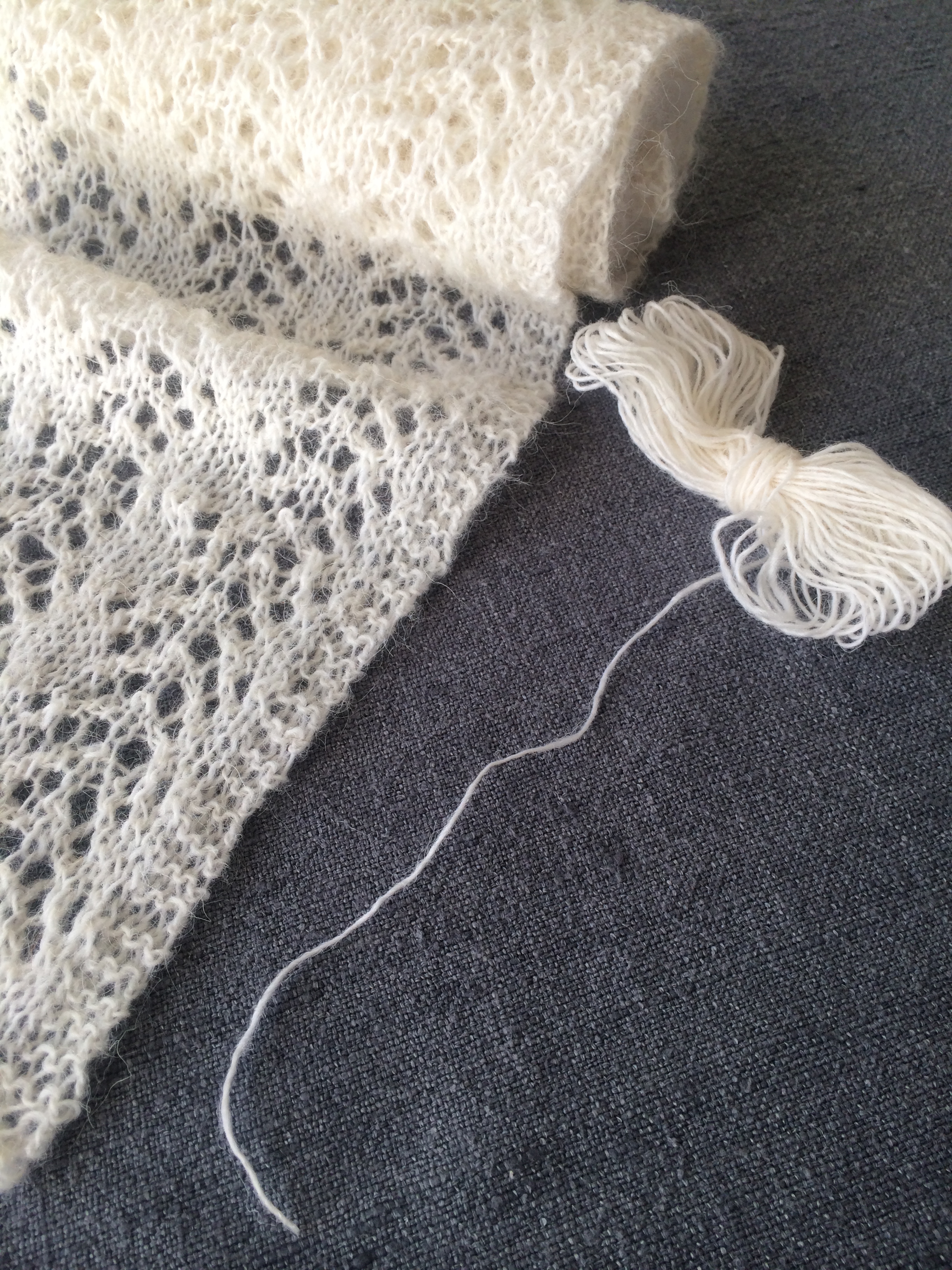
Einband and Jónsdóttir’s book make it inviting to see, and try, Icelandic knitting in a new way. But isn’t it hard to knit lace? That’s part of its beauty: It looks far more intricate and difficult than it really is.
The Strik scarf, for instance, requires just five stitches, and you probably know most or all of them already: knit, purl, yarn over (an extra wrap around the right needle between stitches), knit 2 together, and slip slip knit (a variation on knit 2 together)
If you’re not familiar with all five stitches, take advantage of a really excellent series of 1- and 2-minute knitting tutorials posted on YouTube by VeryPink Knits. They include clear, concise demos of the yarn over, knit 2 together, and slip slip knit stitches. Watch and you’re off and running!
—Denise Logeland